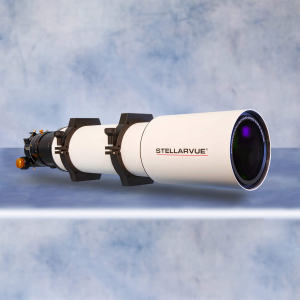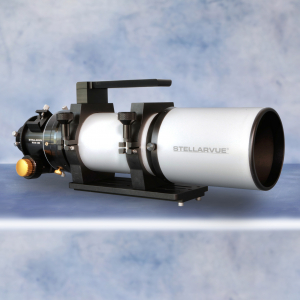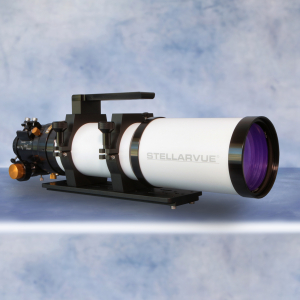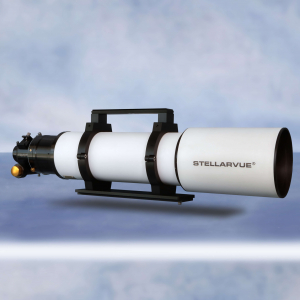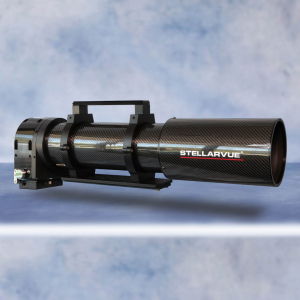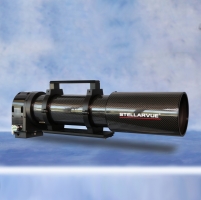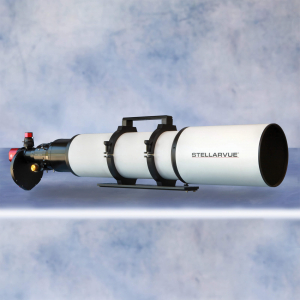SVX130T - Cygnus Wall
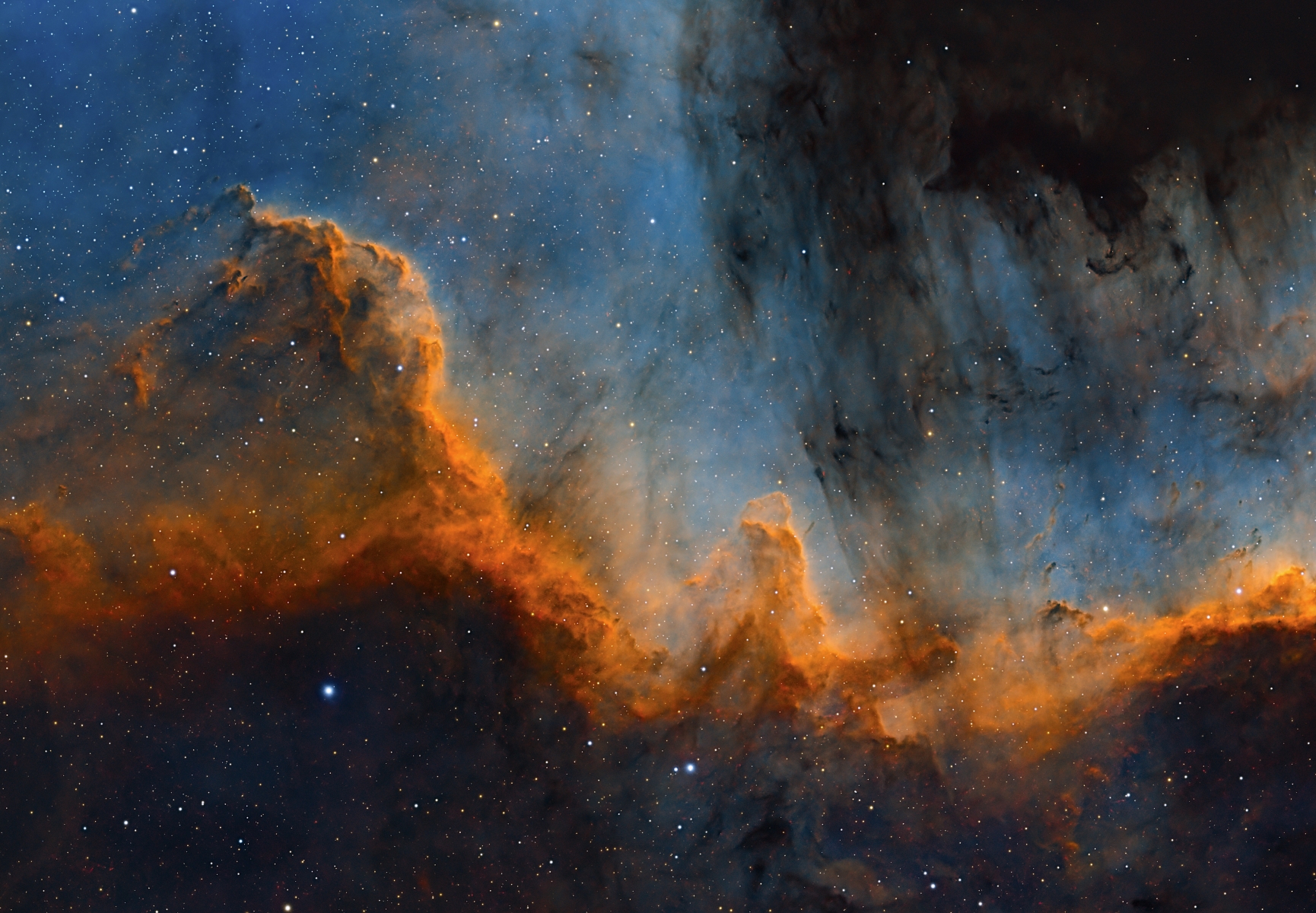

Neil Martin captured this sublime shot of the Cygnus Wall within the North American nebula, with his Stellarvue SVX130T. Located in the constellation Cygnus, this emission nebula is approximately 1,600 light-years away from Earth and spans roughly 20 light-years across. Formed by the radiation of massive nearby stars, the dark shapes in this image are clouds of cool gas and dust, some of which are actively forming new stars.
According to Neil: “This is an SHO image of the Cygnus Wall. The Cygnus Wall is a part of the very large North American Nebula (NGC 7000). It is a star-forming region that is about 20 light-years long from end-to-end. I think it is a perfect target to highlight the detail that the SVX130T is capable of!”
Other Designations:
- North American Nebula: NGC 7000, Sharpless 117, and Caldwell 20
- Cygnus Wall
Details:
Telescope: Stellarvue SVX130T
Mount: Skywatcher EQ6-Pro
Camera: ZWO ASI 2600MC Pro
Guidescope: Stellarvue 50mm Photographic Guide Scope
Guide Camera: ZWO ASI220MM
Filters: Optolong L-Ultimate Dual Band, Askar D2 Colour Magic Duo-Narrowband
Acquisition: 10h51’ total integration time
Post-Processing: Pixinsight
Location: Santa Rosa, CA
*Neil is a docent at the Robert Ferguson Observatory. For more information on the work they do, visit their website at www.rfo.org
References:
Wikipedia contributors. (2025, May 22). North America Nebula. Wikipedia. https://en.wikipedia.org/wiki/North_America_Nebula
APOD: 2016 October 11 - The Cygnus Wall of Star Formation. (n.d.). https://apod.nasa.gov/apod/ap161011.htmlInclude in your email: "I grant Stellarvue Inc. permission to use the attached image(s) online, in advertisements and presentations".

